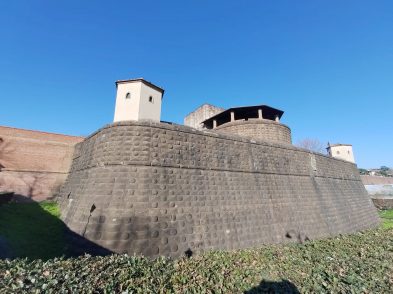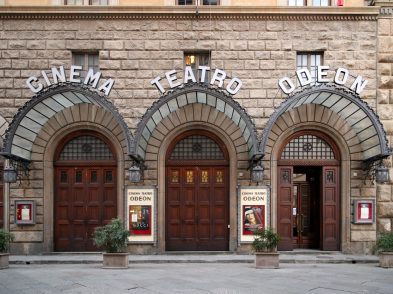In the 19th century, there were serious doubts that Giovanni da Verrazzano ever made the discoveries with which he is now credited. This is no longer the case. On April 17, 2024, celebrations marked the 500th anniversary of when one of the world’s earliest navigators entered and explored New York Bay with his ship, the Delfina. This was commemorated with Verrazzano Day in Greve in Chianti, his hometown not far from Florence, which sparked a series of other celebrations in the USA and France. This voyage would represent a missing link between other crossings that had already been made by the Spanish further south in the Caribbean and the English and Portuguese further north along the American and Canadian coasts.

The explorer was born in 1485, reputedly at his noble family’s castle, before being educated in Florence. Recent research has shown that his family were neighbours of Leonardo da Vinci for a time when they both lived in via Ghibellina. Having finished his schooling, the young Giovanni began travelling, first to Egypt and Syria, before moving to Dieppe in France, where he joined the Navy between 1507 and 1508. There, he met the French king, Francis I, who was anxious to join the exploration race to find a northwest passage to Cathay so he could expand his kingdom after hearing of the riches deriving from the ongoing discoveries by rival countries in the New World. In 1523, with the backing of the King and a syndicate of financiers in France, Verrazzano left Dieppe with four ships: the Delfina, named in honour of the King’s first-born son, known as the Dauphin; Normanda; Santa Maria; and Vittoria. Santa Maria and Vittoria were lost at sea due to gale-force winds, while the other two ships were engaged in a battle with Spanish ships, which left only the Delfina fit to sail. On January 17, 1524, the ship finally left from one of the deserted Madeira islands, then considered the western end of the Old World.
This small caravel, with a crew of only 50 men and supplies for eight months, took 50 days to cross the Atlantic before making land. At first, Verrazzano sailed towards Florida, but he turned back north to avoid running into the Spanish when he arrived somewhere on the coast between North and South Carolina, now thought to be Cape Fear, on March 7, 1524. The ship proceeded along the coast for approximately 1,800 kilometers as far as Nova Scotia and Newfoundland, passing Virginia, Maryland, Delaware, New Jersey, New York, Rhode Island, Massachusetts, New Hampshire and Maine, as we know them today, after naming many of the places he visited along the way. On several occasions, Verrazzano would go ashore, coming into contact with the indigenous peoples. Running low on provisions, Verrazzano decided to return to France, having reportedly kidnapped a local boy, probably from the Delmarva Peninsula.

On July 8, 1524, after his return to Dieppe, Verrazzano wrote an 11-folio letter to the King about the voyage. Referred to as the Cèllere Codex, it was most probably written in Italian before being translated into French. Discovered in 1909, this invaluable document eloquently describes the navigator’s journey, outlining the difficulties encountered, the geography and topography of the landscapes, the natives and their customs, as well as reflecting the views of the explorer himself.
Verrazzano’s next voyage began in 1527. This time, he reached the coast of Brazil and loaded his ship and a second ship in his fleet with brazilwood before returning to Dieppe. A third ship returned later, also with a cargo of the same wood. This was followed in 1528 with what would prove to be his last voyage as he still searched for the elusive northwestern passage. His brother, Girolamo, accompanied him as they sailed along the coast of Florida towards the Caribbean Sea. During this voyage, they saw what they thought was an unpopulated island south of Jamaica, possibly the island of Guadeloupe. Verrazzano went ashore with several crew members to see what they could find. They were unexpectedly attacked by a large number of natives who, according to Girolamo’s account, killed and ate them, while the remainder of the crew on the ship were mere spectators and could do nothing to help. Another theory of the navigator’s death recounts that Verrazzano may have been captured by the Spanish and executed.

Memorials to the Florentine explorer can be found in many places, especially the statues in Greve in Chianti and in Battery Park, Manhattan, as well as the majestic Verrazzano-Narrows Bridge, separating Staten Island and Brooklyn, New York.








